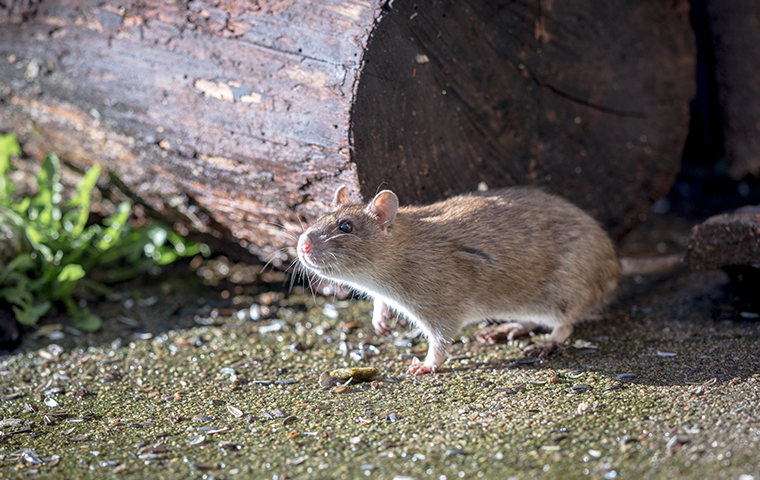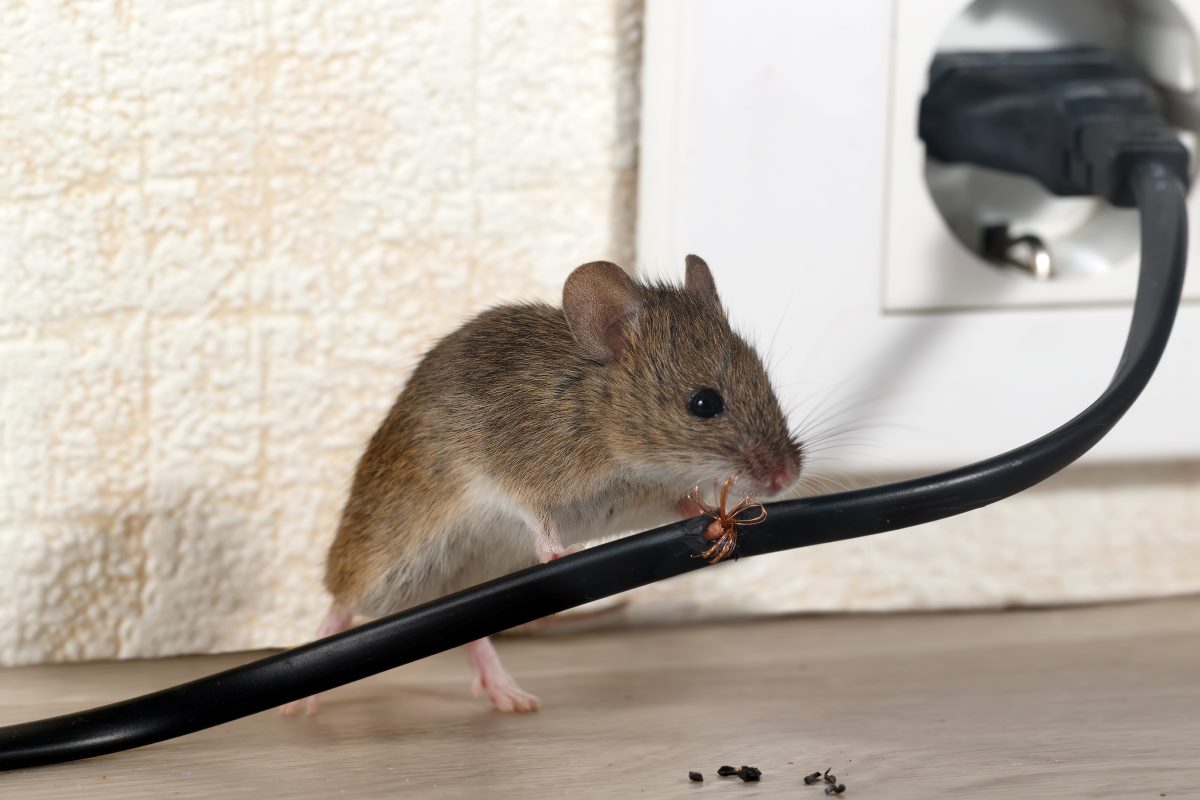Smart Pest Control in High-Risk Areas: A Safe Solution
Share
In today's world, dealing with pests is not just about applying a one-size-fits-all solution. The challenges presented by high-risk areas necessitate the implementation of smart pest control, a sophisticated method that ensures efficient and environmentally-friendly solutions. But what precisely does smart pest control in high-risk areas entail? Why is it essential and how does it differ from traditional strategies?
High-risk areas are locations that require special attention due to their vulnerability to pest infestations. This includes places like food processing units, warehouses, and commercial kitchens. By deploying smart pest control systems, these areas dramatically reduce the chances of infestation and maintain a healthier environment. Read more about tech-enabled rodent control.

The Need for Smart Pest Control in High-Risk Areas
High-risk areas often have conditions that are conducive to pest breeding. For example, warehouses might harbor rodents without adequate measures in place. Businesses can avoid these issues by implementing sophisticated pest management systems. Based on cutting-edge technology, these solutions employ monitoring and analysis to customize pest control strategies.
Unlike traditional methods, which rely heavily on chemical treatments, smart pest control integrates sustainable practices with advanced technology. This ensures minimal impact on the environment while maintaining maximum efficacy. The article on pest control in logistics warehouses provides an in-depth understanding of these practices.
How Does Smart Pest Control Work?
The key to smart pest control lies in the strategic use of technology, such as the deployment of AI-powered traps, sensors, and integrated pest management software. These systems continuously monitor the environment and provide real-time data to identify any early signs of infestation. Upon detection, they trigger a responseeither alerting human operators or automatically implementing control measures.
The continuous data collection helps in adapting strategies over time. For instance, sensors can detect changes in rodent populations, allowing for timely interventions that keep problems from escalating. For more insights on AI in pest control, check out AI mouse traps in use.
Benefits of Implementing Smart Pest Control
- Enhanced Efficiency: Utilizing technology for pest control enhances detection and response times.
- Cost Savings: Targeted interventions mean reduced operational costs over time.
- Environmentally Friendly: Reduces reliance on harmful chemicals by focusing on precision.
- Health and Safety: Promotes higher safety standards in sensitive areas, such as schools and hospitals.
Integrating Smart Technology With Pest Control
Integrating smart technology in pest control processes entails using the latest advancements in sensors and data analytics. These technologies provide insight into pest behavior and help in designing customized strategies. For instance, tracking pests in restaurants has been optimized with these advancements.
Effective pest control systems work around the clock, ensuring significant benefits, especially in high-risk settings like food production areas, where even a slight infestation can spiral into catastrophic problems. By being proactive, businesses can ensure pest problems are dealt with quickly and effectively.
Challenges and Considerations
While smart pest control offers vast advantages, several considerations must be taken into account. Initial setup costs can be high due to the technology involved, and there is a learning curve associated with its implementation. Businesses may also encounter challenges with integrating new systems within existing infrastructure.
Still, the long-term benefits, including peace of mind and reduced pest-related issues, outweigh these challenges, which makes smart pest control the preferred choice for many businesses. Get insights into the essentials of pest control in food processing plants.

FAQs About Smart Pest Control in High-Risk Areas
-
What are high-risk areas?
High-risk areas include locations like warehouses, kitchens, and food processing plants that are susceptible to pest infestations due to specific environmental conditions.
-
How does smart pest control help businesses?
Smart pest control provides efficient monitoring, early detection, and intervention to manage and prevent infestations in a cost-effective and environmentally friendly manner.
-
What are the costs associated with smart pest control?
The initial investment can be high due to the technology used, but operational savings and improved pest management offset these costs over time.
This article contains affiliate links. We may earn a commission at no extra cost to you.
